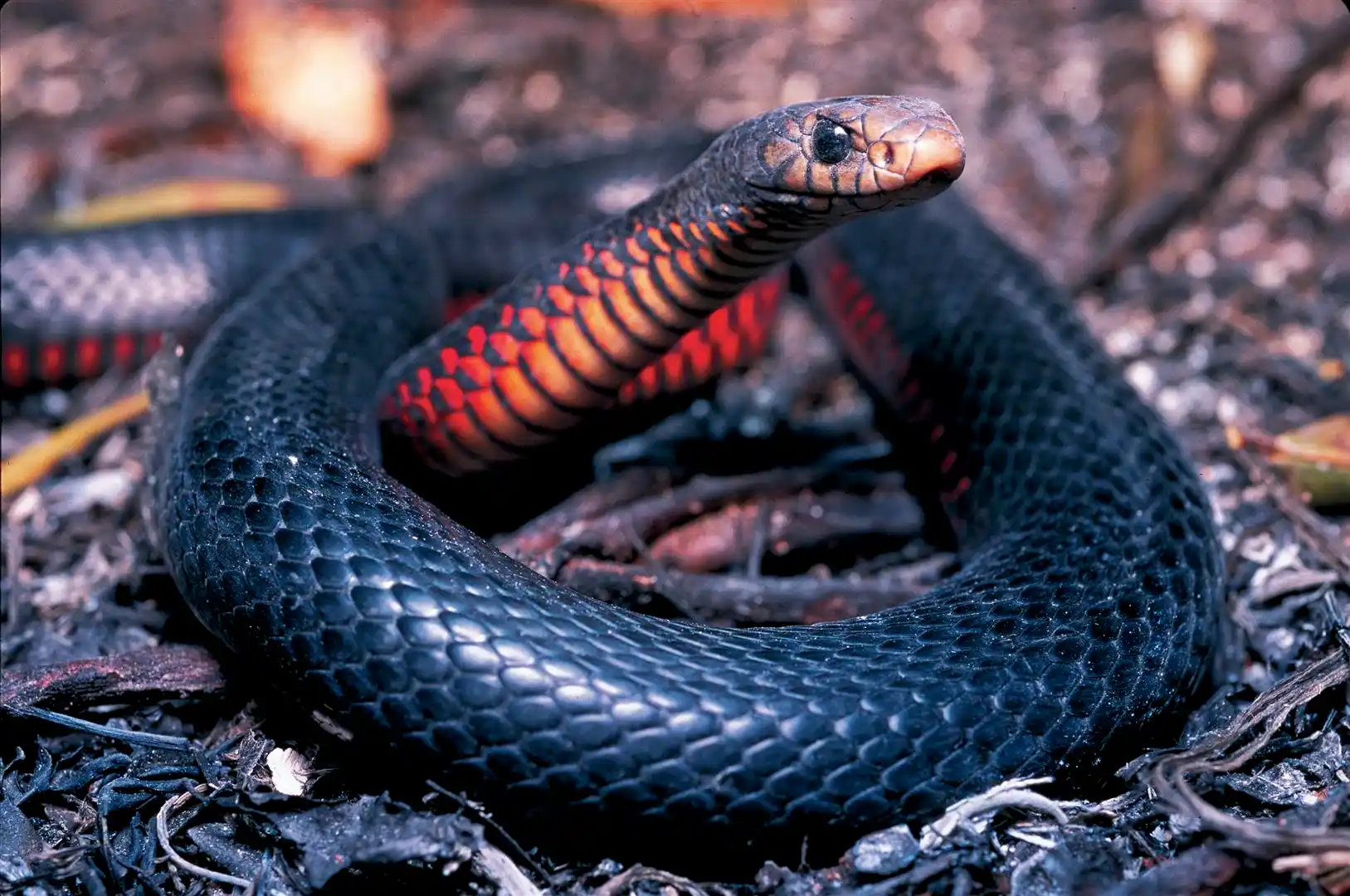Scary Sight for a Red-Bellied – What Nature’s Prey Fears Most
In the wild, danger is never far away—especially for smaller species like the red-bellied woodpecker or the red-bellied snake. But what counts as a scary sight for a red-bellied animal? Whether it’s a sudden movement from a predator or the creeping threat of human encroachment, the world is filled with challenges for these vibrant, red-bellied creatures.
This article explores what makes their hearts race—literally—and what survival looks like in their world.
Common Red-Bellied Species in Focus
Before we dive into the threats, here are the two most commonly discussed “red-bellied” animals:
-
Red-Bellied Woodpecker – Found across North America, known for its loud calls and red cap.
-
Red-Bellied Snake – A small, non-venomous snake native to the U.S. and Canada, often found in forests and wetlands.
Both species are vulnerable in different ways, and understanding their predators gives us insight into the ecosystem as a whole.
Predators – The Obvious Scary Sight
For a red-bellied animal, a predator lurking nearby is the most immediate threat. The list includes:
Red-Bellied Woodpecker’s Threats
-
Hawks and falcons swooping from above
-
Snakes raiding their nests for eggs
-
Cats and raccoons sneaking up tree trunks
-
Humans disturbing nesting areas
Red-Bellied Snake’s Predators
-
Birds of prey like owls or crows
-
Larger snakes or carnivorous mammals
-
Domestic cats roaming into forested areas
-
Amphibians that compete for territory
To these creatures, the silhouette of a hawk or the shadow of a raccoon is a terrifying sight—and possibly the last one they see.
Habitat Loss – A Silent but Deadly Threat
Another scary sight for a red-bellied animal is deforestation and urban sprawl. When humans cut down trees, drain wetlands, or introduce pollutants into their environment, these species lose not just shelter but access to food, nesting areas, and safety.
For woodpeckers, losing old trees means fewer places to nest and fewer insects to eat.
For snakes, pavement and fences become lethal obstacles.
Climate Change and Weather Extremes
Dramatic weather shifts can also be terrifying for these species. Intense storms, rising temperatures, and sudden freezes can wipe out food sources, flood burrows, or destroy tree cavities.
Some scary signs include:
-
Sudden droughts that dry up the insect populations
-
Unseasonal cold snaps that freeze eggs or nesting sites
-
Heavy rainfall that floods natural shelters
Human Interference – Often Overlooked, Always Present
Even the best intentions can turn into threats for red-bellied creatures. Bird feeders placed too close to windows can lead to collisions. Snake removal methods or toxic lawn chemicals can destroy entire microhabitats.
Some specific human actions that scare or harm them:
-
Pesticide use in gardens
-
Noisy landscaping tools disrupting nesting behavior
-
Litter that gets tangled or ingested
-
Light pollution confusing their natural rhythms
How to Help Instead of Scare
If you’re someone who loves wildlife, you can reduce the “scary sights” for red-bellied species by:
-
Leaving natural tree cavities untouched
-
Avoiding chemical use in outdoor areas
-
Keeping cats indoors to protect both birds and reptiles
-
Installing safe birdhouses far from predators
-
Letting your yard go wild with native plants and shrubs
By offering a peaceful and protected environment, you become part of the solution.
Frequently Asked Questions (FAQs)
What’s the biggest threat to red-bellied woodpeckers?
Habitat loss and bird-eating predators like hawks pose the most danger to them.
Are red-bellied snakes venomous?
No. They’re harmless to humans but still face many predators in the wild.
Why do these animals have red bellies?
It’s likely a result of natural selection and signaling, though the color doesn’t always help them hide.
Do red-bellied animals have any defense mechanisms?
Yes. Snakes rely on hiding, while woodpeckers use their agility and tree cavities for protection.
How can I protect these species in my area?
Avoid pesticides, keep pets indoors, and support wildlife conservation programs locally.
Final Thoughts
A scary sight for a red-bellied creature can be anything from a swooping hawk to a chainsaw in the distance. Their world is full of threats, but awareness is the first step toward coexistence. Whether it’s in your backyard or the forest, we all have a role in ensuring that these vibrant animals can live without fear.
When we understand what scares them, we learn how to protect them.
